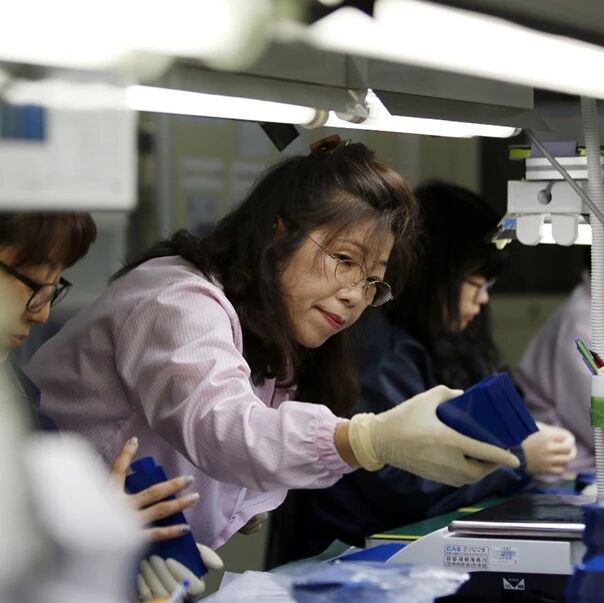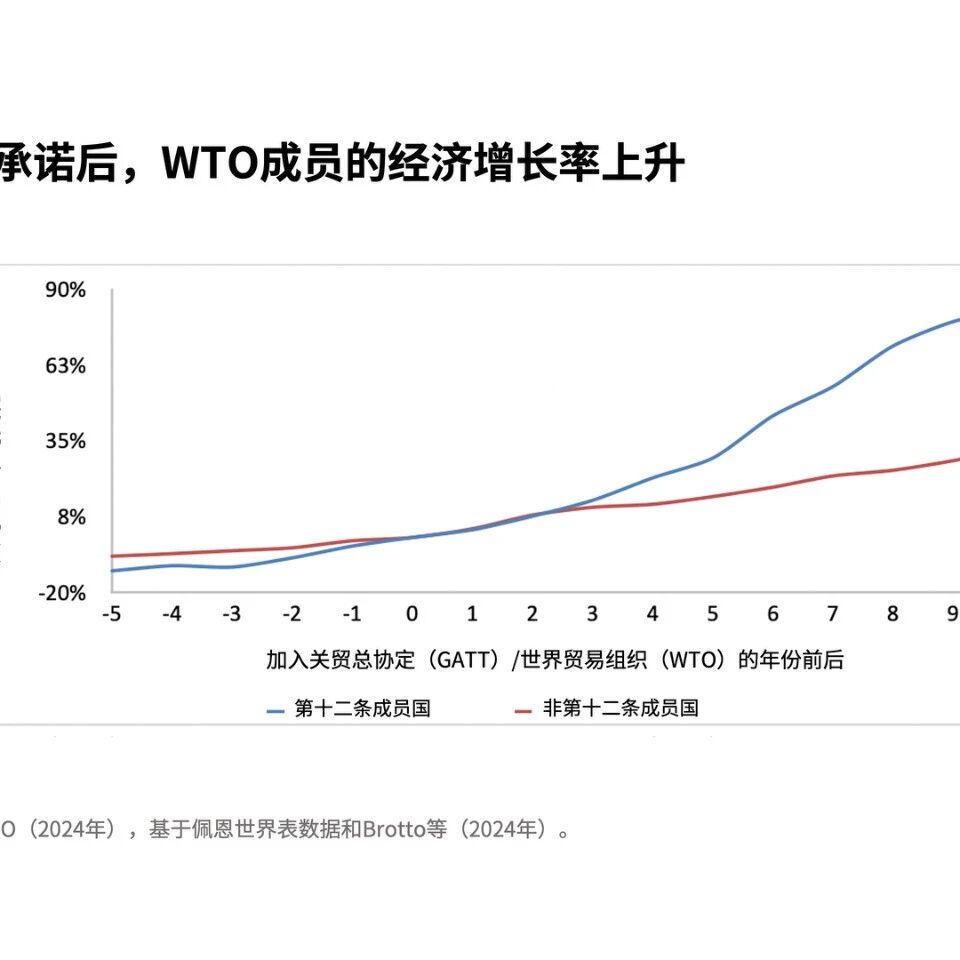Teachers can use AI in educational settings to enhance the learning experience.
Image source:Getty Images/iStockphoto/undrey
Li Haoyang
Founder and Chairman of Squirrel AI
Jason Towne
Squirrel AI Corporate Strategy Director
71% of teachers and 65% of students said that AI tools are essential for students' success both on campus and in the workplace.
AI in education represents the collaboration between teachers and technology, a partnership that can free up educators' time, enabling them to deliver engaging lessons and provide crucial guidance.
Educational institutions must invest in AI infrastructure and teacher training, while ensuring that all students have access to technology.
As artificial intelligence reshapes industries worldwide, education is also being presented with a unique opportunity—not to replace human teachers, but to empower them in ways never before possible. This transformation is already underway: the global AI in education market is projected to grow from $5.18 billion in 2024 to $112.3 billion by 2034.Many news headlines have highlighted AI's potential to streamline educational tasks, but what’s even more compelling is how teachers can collaborate with AI to foster transformative learning experiences.From adaptive learning platforms that deliver personalized content to millions of students, to AI-powered assistants that help teachers work more efficiently, the future of education isn’t about choosing between human educators and AI—it’s about fully leveraging the strengths of both.The Power of Human-AI CollaborationIn today's educational environment, AI and human teachers each bring unique strengths to the classroom.AI systems excel at processing vast amounts of data and delivering consistent, personalized feedback at scale. These platforms can analyze students' performance patterns, pinpoint learning gaps, and automatically adjust difficulty levels in real time.Highly emotionally intelligent human teachers can read students' subtle social cues—whether it’s about classroom participation or signs of confusion. They can also grasp the complex personal circumstances that may be affecting a student’s performance, allowing them to tailor their teaching approaches accordingly. Most importantly, as mentors and role models, teachers inspire students and play a vital role in fostering their social and emotional growth.The real miracle happens when these advantages come together. According to Forbes, 60% of teachers are already using AI in the classroom to handle routine tasks—such as grading multiple-choice questions, tracking student progress, and designing practice exercises. This allows teachers to focus more on providing meaningful feedback and fostering engaging group discussions.AI collaboration with teachers is not only enhancing the quality of education but is also emerging as a crucial solution to key challenges, such as teacher burnout and workplace stress.Educational AI: Real-World Success StoriesSome groundbreaking educational initiatives have already demonstrated the powerful potential of AI working alongside teachers.Take Squirrel AI as an example—this hybrid-model education company offers a large-scale, adaptive learning system that boosts students' accuracy rates from 78% to 93% through personalized learning paths. Currently, Squirrel AI serves over 24 million students and processes 10 billion data points representing learning behaviors. By combining teacher-designed curricula with AI algorithms, Squirrel AI leverages neural network-based knowledge tracing to deliver data-driven feedback, while human teachers remain at the heart of crafting engaging lessons and providing crucial guidance.Carnegie Learning’s MATHia platform is another example of how AI can effectively collaborate with teachers. The platform seamlessly integrates teacher guidance with cutting-edge AI, which not only assesses whether students answer questions correctly but also analyzes the unique ways in which each student approaches problem-solving. Through features like LiveLab, teachers can monitor in real time whether students are struggling—and decide if immediate intervention is needed. Meanwhile, the AI identifies specific skill gaps and learning patterns, enabling teachers to focus their attention precisely where it matters most, all while preserving the essential human element that remains central to math education.These adaptive AI platforms are reshaping personalized learning. Meanwhile, another AI technology—such as OpenAI’s ChatGPT and Anthropic’s Claude, both generative AI (GenAI) tools—is also transforming the way classrooms operate on a daily basis. Teachers can now use these tools to design tailored lesson plans in just minutes, rather than hours, incorporating everything from targeted practice exercises to engaging classroom activities.These tools enable educators to cut down on lesson preparation time, allowing them to focus more on what they do best: providing students with personalized guidance and inspiration.The Future of AI in EducationEducators and technologists must work together to create a new educational paradigm, one in which AI and human teachers become true partners. In this vision, teachers will evolve into "learning architects," leveraging AI tools to design diverse educational experiences while retaining their critical roles as mentors and guides.This is more than just an idealistic vision. A 2023 survey by the Walton Family Foundation revealed that 71% of teachers and 65% of students already agree that AI tools are essential for students' success—both on campus and in the workplace.The next five years will be a critical period for driving this transformation. Educational institutions need to invest in AI infrastructure and teacher training, ensuring that educators are eager to embrace these tools to enhance teaching—rather than feeling threatened by them. Forward-thinking schools have already begun launching AI competency-building programs for teachers, focusing on how to seamlessly integrate adaptive learning platforms and GenAI tools into classroom practices.Recent data from a Pew Research study reveal that teachers are fully aware of AI's role in education: 73% of educators see balanced benefits, significant positive potential, or express willingness to explore AI's impact. This thoughtful and measured attitude among teachers lays a strong foundation for future collaboration. Moving forward, with teachers actively involved and guiding the process, AI tools will be integrated into education in a careful and deliberate manner. However, realizing this potential will require a particular focus on equity—ensuring that these tools benefit all students, rather than being accessible only to those in well-funded regions.The future of education isn’t about choosing between human teachers and AI—it’s about embracing the immense potential of their collaboration. The technology is already here, and early results are already proving promising. Now is the time for educational institutions, policymakers, and educators to work together and co-create learning environments that are more personalized, equitable, and effective than ever before.By combining AI-driven analytical capabilities with the irreplaceable elements of human-led teaching, we can truly drive educational transformation for the next generation.
The above content represents the author's personal views only.This article is translated from the World Economic Forum's Agenda blog; the Chinese version is for reference purposes only.Feel free to share this in your Moments; for reprints, please leave a comment at the end of the article or on our official WeChat account.
Translated by: Di Chenjing | Edited by: Wang Can
The World Economic Forum is an independent and neutral platform dedicated to bringing together diverse perspectives to discuss critical global, regional, and industry-specific issues.
Follow us on Weibo, WeChat Video Accounts, Douyin, and Xiaohongshu!
"World Economic Forum"





